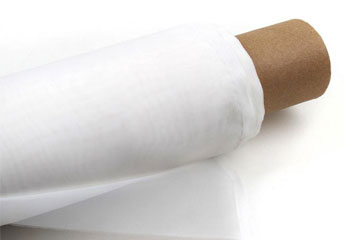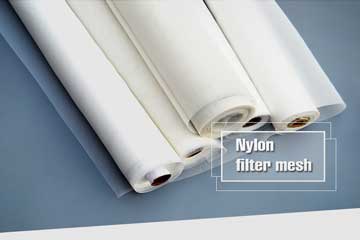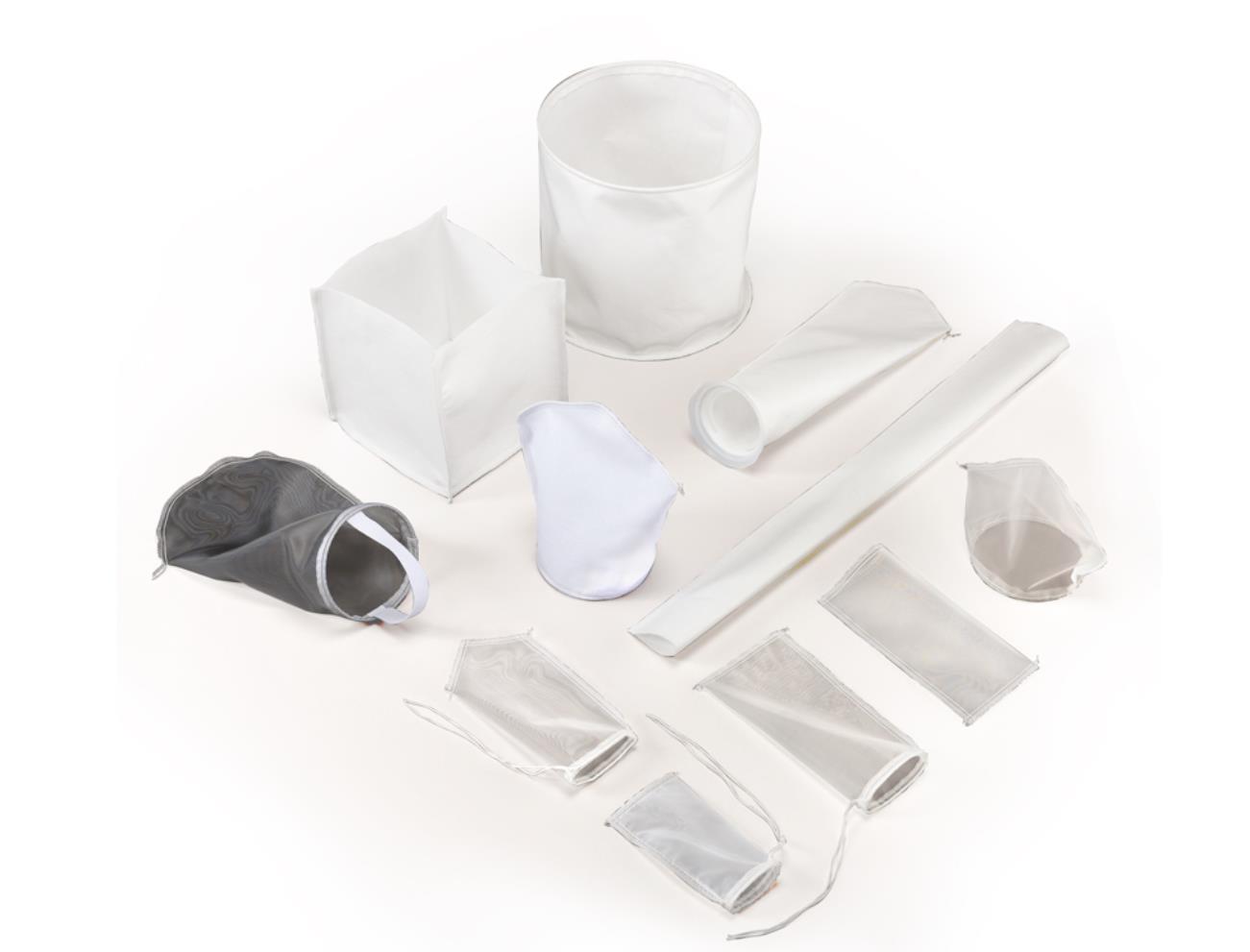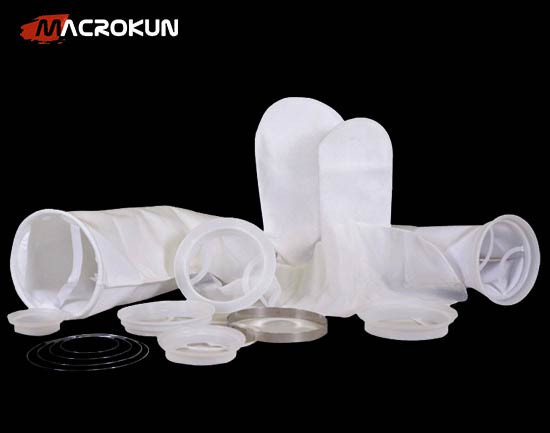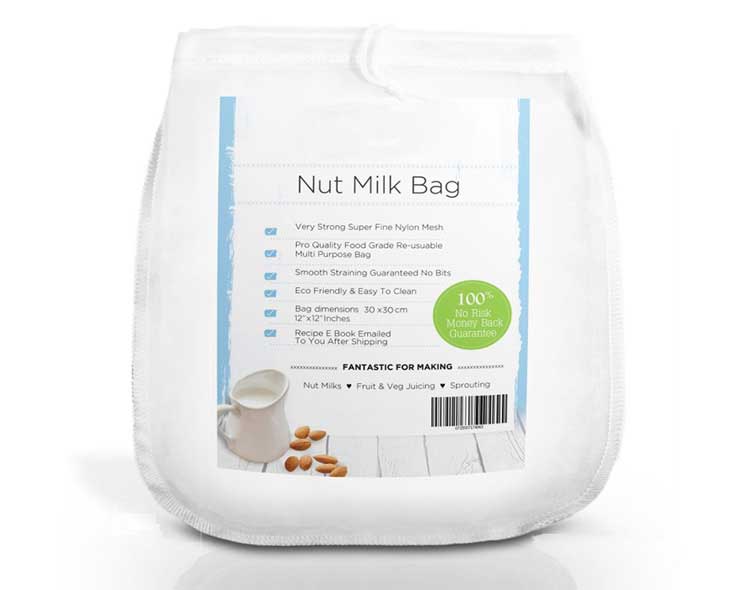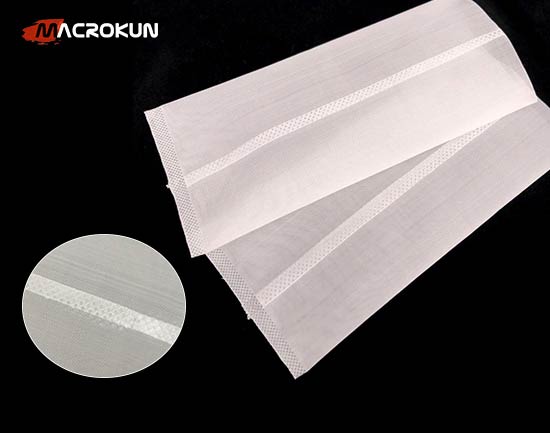Why the nylon filter membrane 0.45 µm is the reliable choice for labs and production
Choosing the right membrane is one of those small procurement decisions that quietly determines whether your work runs smoothly or stalls with clogged columns and repeat runs. The nylon filter membrane 0.45 m is a versatile, hydrophilic option used across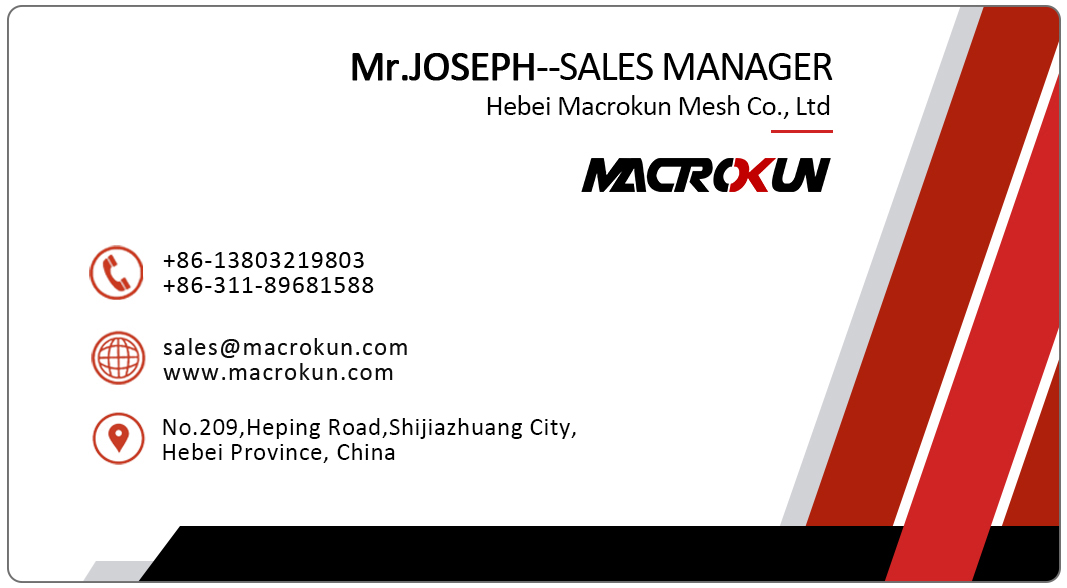
Choosing the right membrane is one of those small procurement decisions that quietly determines whether your work runs smoothly or stalls with clogged columns and repeat runs. The nylon filter membrane 0.45 µm is a versatile, hydrophilic option used across analytical labs, QC departments, and process lines — prized for chemical compatibility, mechanical strength, and broad-format availability. Read on to learn how to pick the right format, what to check before you buy, and how the right membrane saves time and cost over its lifecycle.
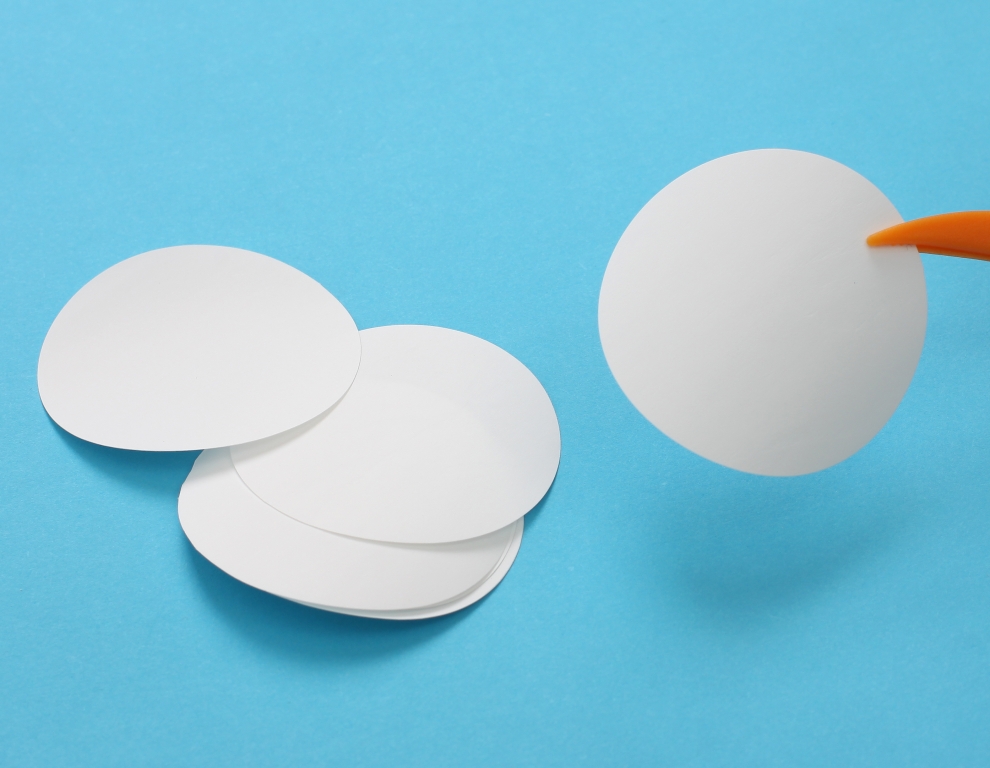
What this membrane actually is
A nylon filter membrane 0.45 µm is a polymeric filtration medium manufactured to a nominal pore size of 0.45 micrometers. That pore dimension efficiently removes particulates and debris that would otherwise foul analytical columns or downstream equipment while allowing dissolved analytes and most solvents to pass. Nylon’s hydrophilic nature means it wets easily with water and many polar solvents, which makes it a common default for HPLC sample prep and general laboratory clarification. GenFollower+1
Typical formats and why format matters
These membranes come in multiple formats to suit different workflows:
-
Syringe filters (13 mm, 25 mm, 17 mm, etc.) — quick, single-sample prep for HPLC or GC.
-
Disc filters (25 mm, 47 mm, 90 mm, 293 mm) — batch sample prep or prep-scale filtration.
-
Supported sheets / rolls — for larger assemblies and bespoke housings.
Selecting the right format for a nylon filter membrane 0.45 µm reduces waste, avoids fitment issues, and speeds up routine work. If you’re preparing single samples, syringe filters are fast and disposable; for batch clarifications a 47 mm disc in a manifold saves time. Sterlitech+1
Who chooses 0.45 µm — common applications
The nylon filter membrane 0.45 µm is used widely for:
-
HPLC and GC sample clarification, keeping columns free of particulates.
-
General laboratory filtration of buffers, reagents, and solvent blends.
-
Paint, automotive, and environmental particle monitoring, where particle removal rather than sterilization is the aim.
For many routine analytical tasks, 0.45 µm is the sweet spot between flow rate and particle retention. Aijiren Tech+1
0.45 µm vs 0.22 µm — which one do you need?
A common question is when to use 0.45 µm instead of 0.22 µm. The rule of thumb: choose 0.45 µm for general clarification and to remove larger particulates quickly; choose 0.22 µm when sterility or bacterial removal is required. In practice, many labs use a 0.45 µm membrane as a prefilter before a finer 0.22 µm step or when sample throughput and solvent compatibility matter more than sterile filtration. Aijiren Tech+1
Material and chemical compatibility
Nylon handles a broad range of aqueous and polar organic solvents, making the nylon filter membrane 0.45 µm suitable for many sample matrices. However, it’s less compatible with highly nonpolar solvents and extremes of pH compared with PTFE or other specialty membranes. Always check the supplier’s chemical compatibility chart and validate with a small sample of your matrix. Reputable suppliers publish solvent compatibility and extractables data for their nylon membranes. 米莱普Sigma+1
What to check on the product page or datasheet
Before you order any nylon filter membrane 0.45 µm, verify:
-
Format and diameter (match to your syringe, manifold, or housing). Sterlitech
-
Pore size confirmation and COA availability (lot traceability and test data). Cobetter
-
Sterility status (sterile-packed vs non-sterile). Sterlitech
-
Backing/support information (supported membranes withstand vacuum and handling better). Sterlitech
These checks prevent the common mismatch problems that waste time on receipt.
Buying strategies — retail vs bulk vs direct factory
Your purchase route influences the effective price and lead time:
-
Retail/marketplace (fast delivery, single units) — ideal for testing a new membrane type or small labs. Many marketplace listings and small packs for nylon filter membrane 0.45 µm are available for immediate purchase. 亚马逊+1
-
Bulk/wholesale (better unit price) — for routine production or large QC labs; confirm lot consistency and request COAs. Scientific Filters
-
Direct factory/custom (lowest unit cost at high MOQ) — useful for large scale process lines but requires incoming QC.
Order a sample first, then place a bulk order after validating in your actual workflows.
Quick procurement and incoming inspection checklist
When a shipment of nylon filter membrane 0.45 µm arrives, run these quick checks:
-
Inspect packaging for lot number, seal integrity, and expiration (if sterile).
-
Match COA pore size and hydrophilicity claims to the received lot. Cobetter
-
Run a spot filtration test with your matrix to check for unexpected binding, color leach, or flow anomalies.
A short acceptance test prevents production surprises.
Maintenance, handling and storage
To preserve membrane performance:
-
Store membranes in their sealed packaging away from direct sunlight and solvent fumes.
-
Handle by edges with gloves or tweezers to avoid particulate transfer.
-
For sterile filters, keep them sealed until immediate use.
These small steps extend the useful life of each nylon filter membrane 0.45 µm and keep background noise out of sensitive analyses.
Cost vs value — why slightly higher quality pays back
List prices vary by format, brand, and pack size. While single syringe filters are inexpensive, quality differences show up in extractables, pore uniformity, and mechanical strength — all of which affect instrument life and data integrity. Investing in a well-specified nylon filter membrane 0.45 µm often reduces downstream costs from clogged columns, reruns, and lost samples. Representative product listings from major suppliers illustrate the range of pack sizes and pricing to help budget your procurement. Sterlitech+1
Common pitfalls and how to avoid them
-
Buying only on price: cheap membranes may have inconsistent pore size or high extractables; always ask for COA samples. Cobetter
-
Skipping format checks: wrong diameter or thickness leads to leaks and wasted filters.
-
Not validating with real samples: lab matrices vary — test before committing to bulk orders.
Final recommendation — a practical approach
Treat the nylon filter membrane 0.45 µm as a performance component, not a commodity. Start with a single sample from a trusted supplier, validate with your matrix, document acceptance criteria (COA, flow rate, extractables), then scale to bulk purchasing with periodic incoming checks. That sequence keeps costs predictable while protecting instrument uptime and data quality. Sterlitech+1
Closing note
If you’d like, I can turn this article into a one-page procurement checklist or a printable incoming inspection form tailored to your lab’s equipment (syringe sizes, manifolds, and preferred suppliers). Tell me which format you prefer and I’ll prepare it immediately.
RELATED PRODUCTS
RELATED ARTICLES
Tags:
